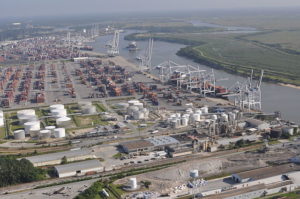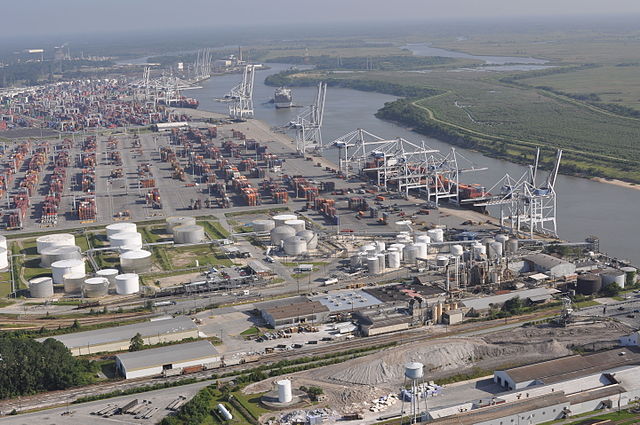 Intra-regional trade, particularly in Asia, has been growing the fastest among container trade lanes since 2000, while the main East-West route has posted the weakest growth pace, according to a new analysis.
Intra-regional trade, particularly in Asia, has been growing the fastest among container trade lanes since 2000, while the main East-West route has posted the weakest growth pace, according to a new analysis.
While container trade growth has slowed in recent years, box trade has still expanded significantly since the turn of the millennium, according to the report by Clarkson Research Services Limited.
In 2016, box trade is projected to total 181 million TEUs, almost three times the volumes in 2000, having grown by an average 6.4% each year.
Intra-Asian trade has established its position and grown in importance over this period, even as growth in other trade lanes has shown divergent rates.
Main lane trade growth was rapid in the 2000s, supported by outsourcing of manufacturing from the west to Asia, particularly China. This container trade lane (covering Far East-Europe, trans-Pacific, and trans-Atlantic) totaled 25.3 million TEUs in 2000, accounting for the largest proportion of global box trade of the featured groupings.
However, western demand has struggled since the financial crisis, and Asia-Europe box trade even shrank 3% in 2015, with only limited volume growth recorded on this route this year. Overall, main lane trade grew by a compound average rate of 4.7% each year in 2000-16, the slowest of the featured groupings, while its share of global box trade fell from 38% to 29%.
In contrast, intra-regional trade has gained share in global trade, from 32% of volumes in 2000 to around 41% in 2016. This year, intra-regional box trade is projected to total 73.5 million TEUs, the largest part of the global total.
During 2000-16, intra-regional trade grew on average by a rapid 8.1% per year, accounting for 46% of the growth in global volumes. This has been supported by fast expansion in intra-Asian volumes, reflecting both firm economic growth in developing Asian countries and the rise of “factory Asia” and multi-location assembly of manufactures. While economic turbulence in China saw intra-Asian trade growth slow to an estimated 3% in 2015, expansion has returned to more robust levels in 2016.
Non-main lane East-West trade has also expanded rapidly, rising on average by 8.6% per year this century. This growth was the fastest across the featured trade lane groupings, supported by trade with India and the Middle East, although recent low oil prices have limited Middle Eastern imports. Non-main lane East-West trade is projected to total 23.5 million TEUs in 2016, around 13% of global trade.
Meanwhile, North-South trade growth lagged behind in 2000-16, averaging just 5.0% each year. Expansion has recently been limited by the severe impact of low commodity prices on economies in South America and Sub-Saharan Africa, with developing countries also struggling with economic difficulties even prior to the recent commodity price downturn.
Photo: US Army Corps of Engineers





